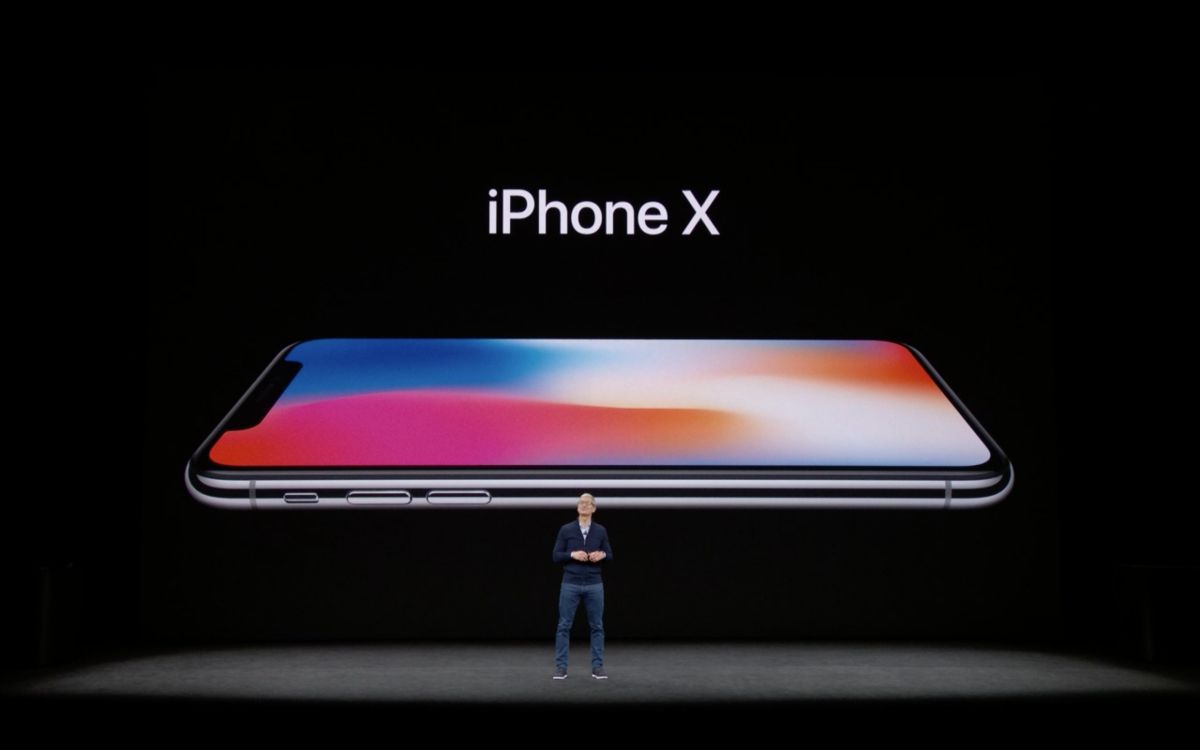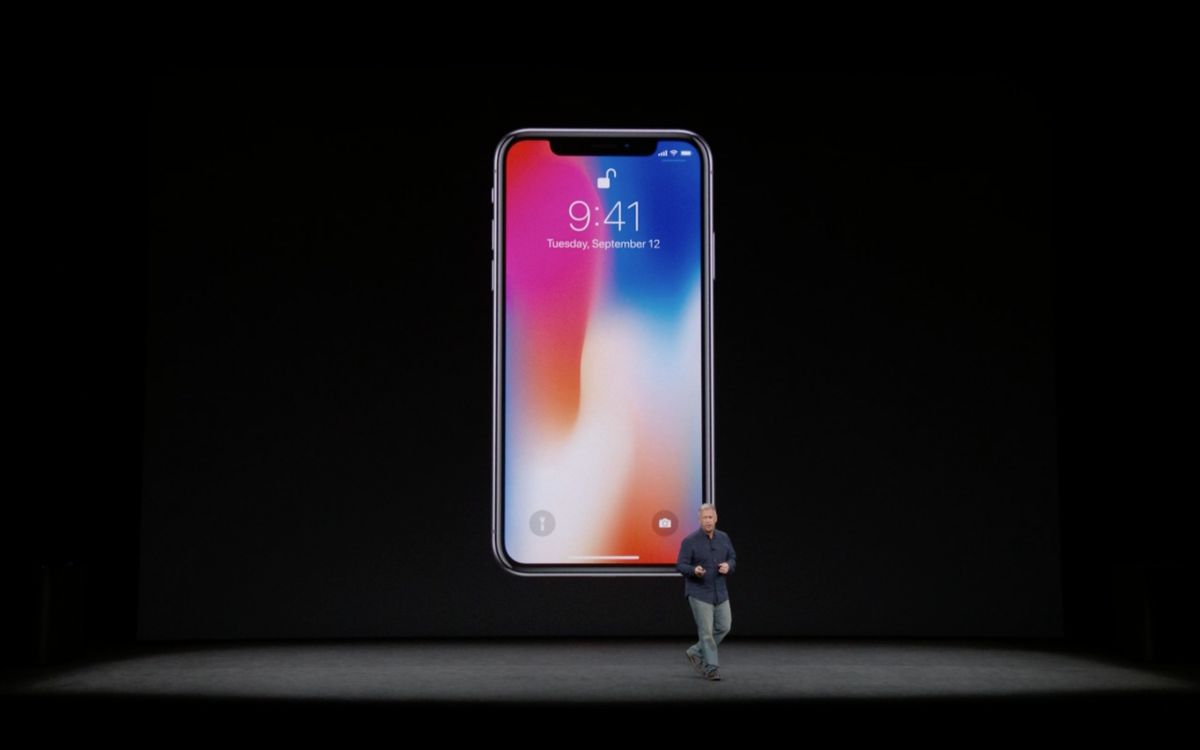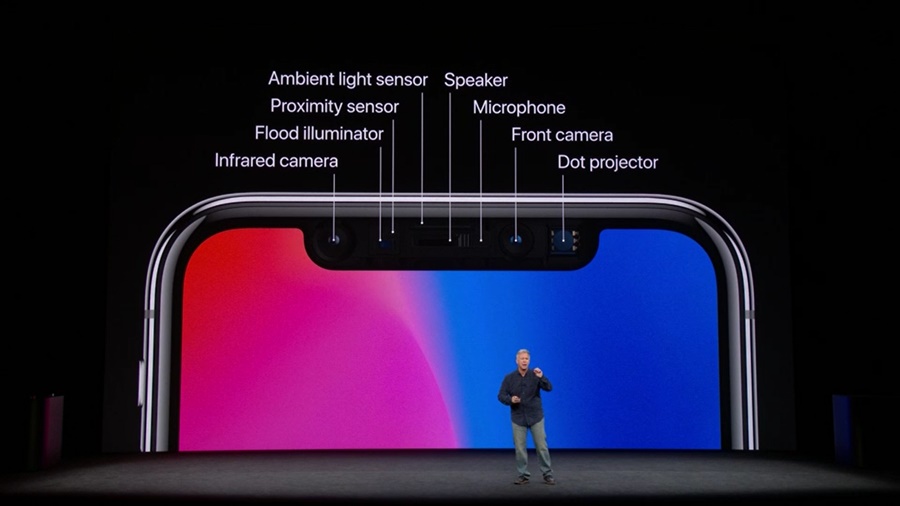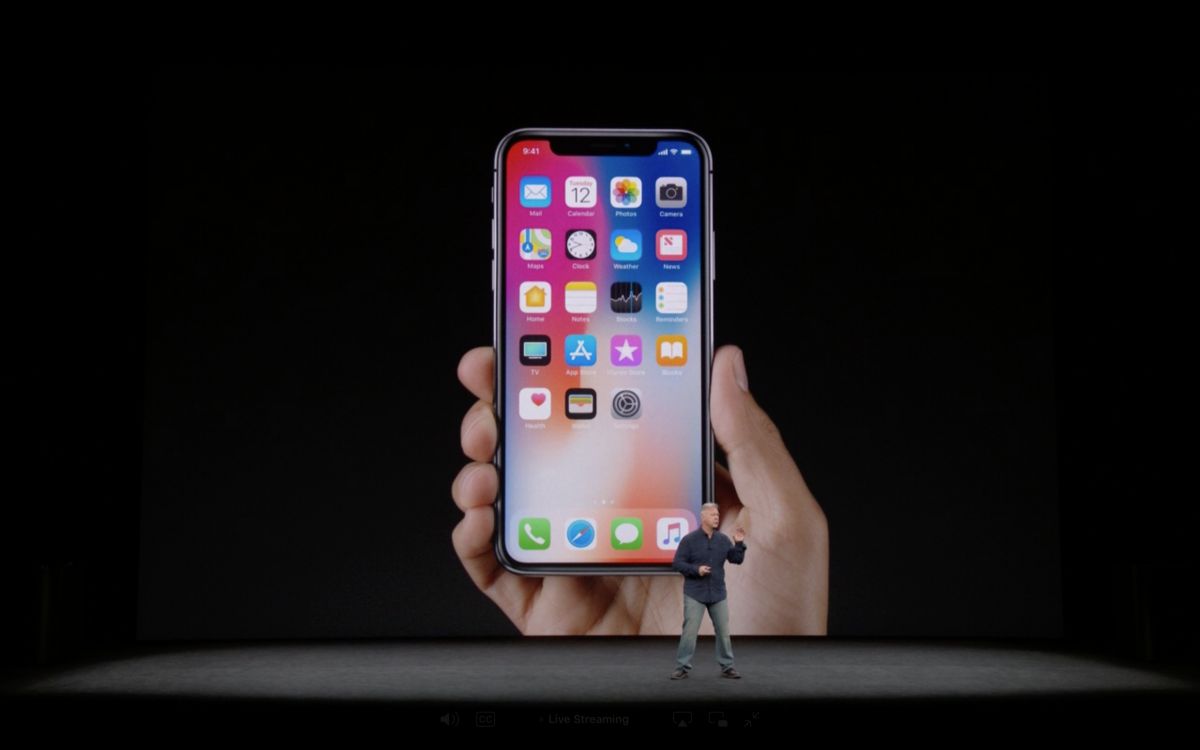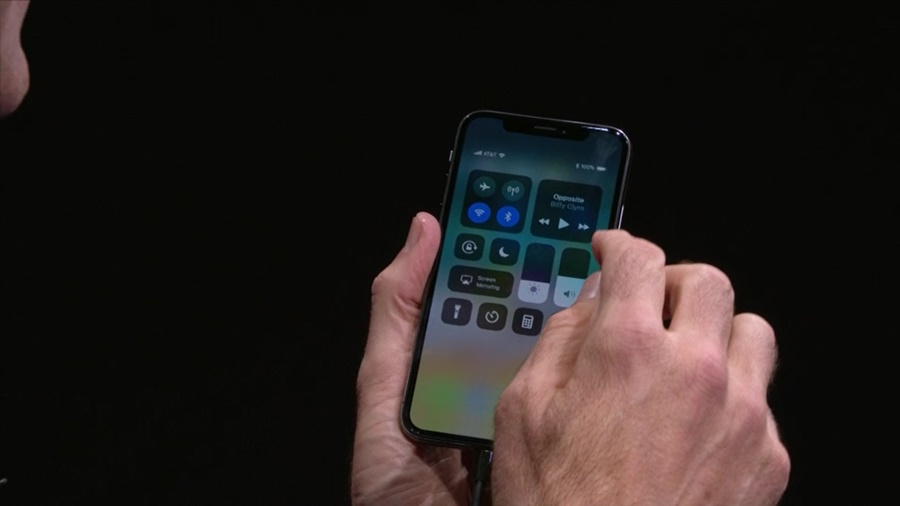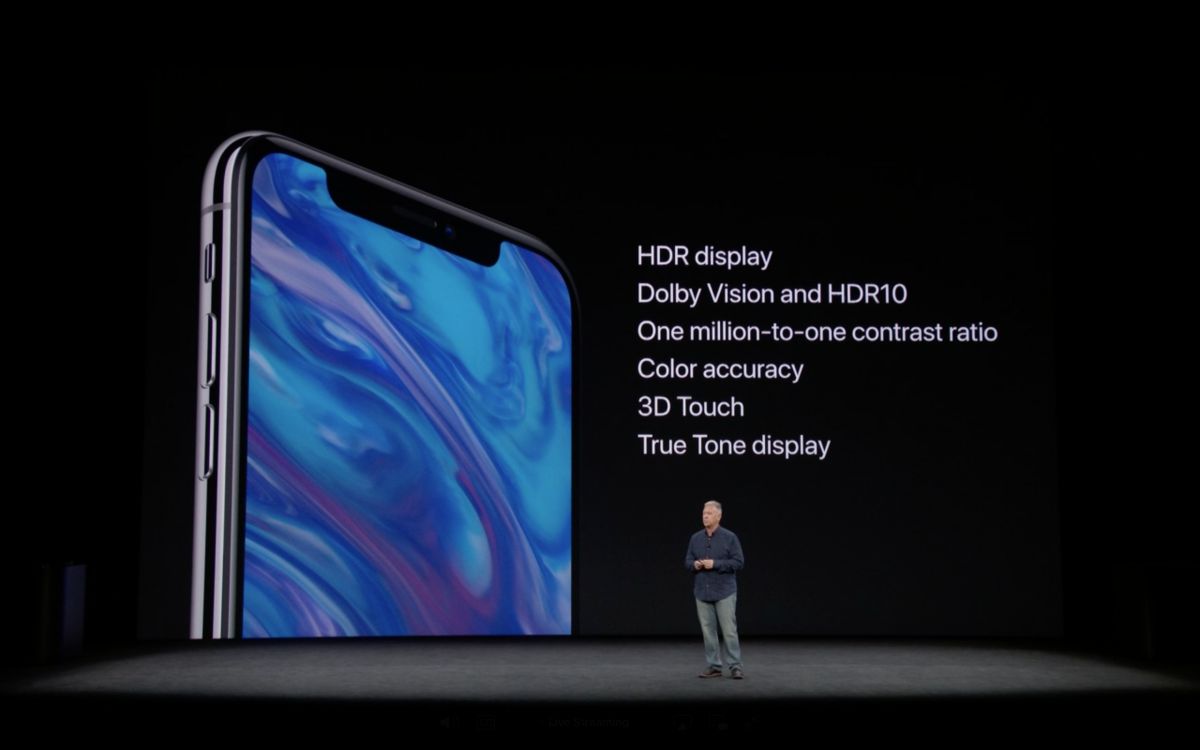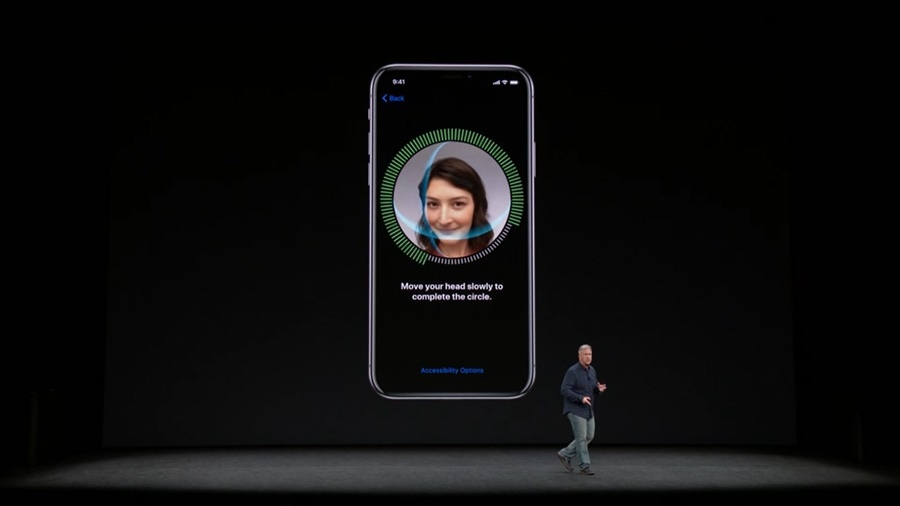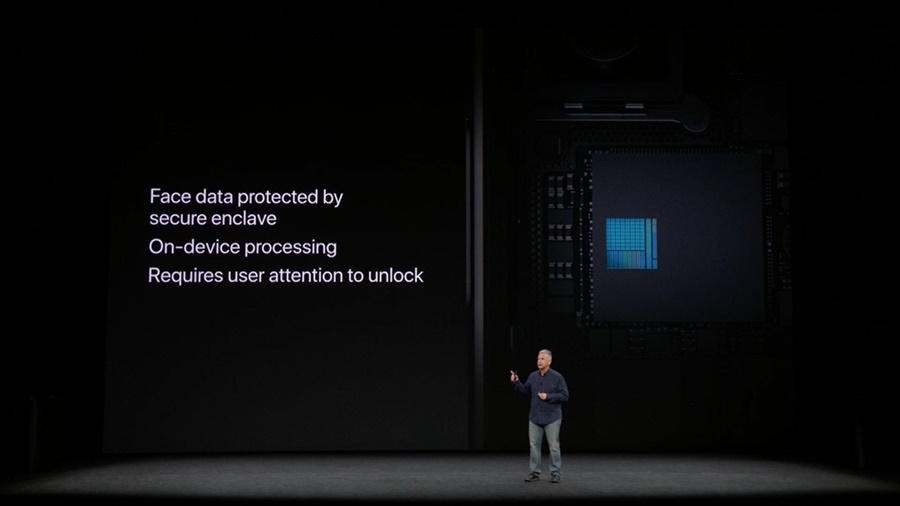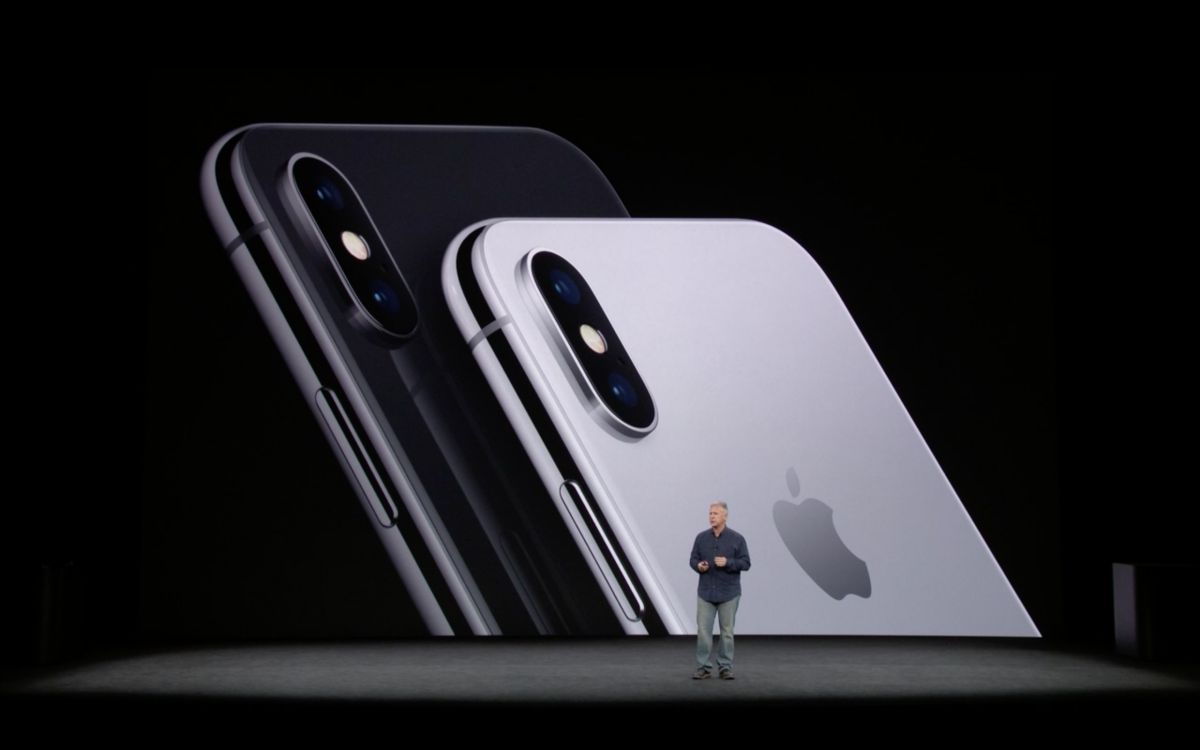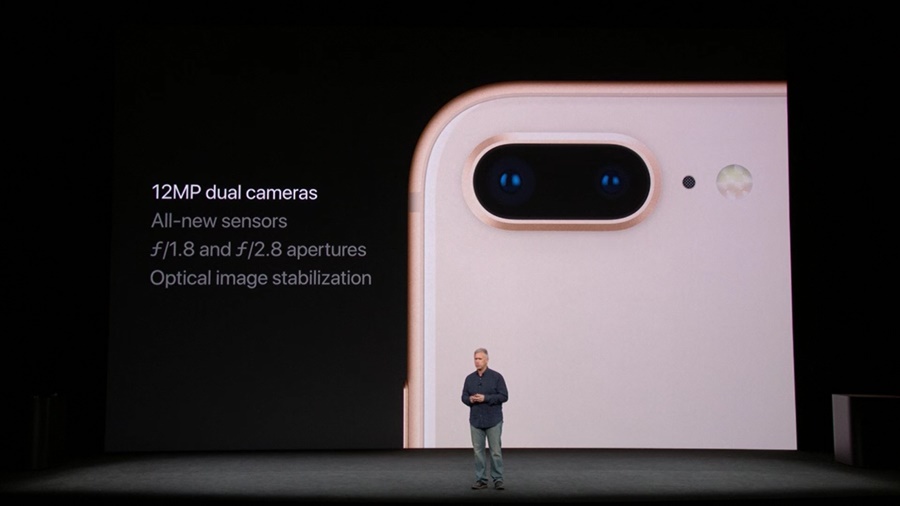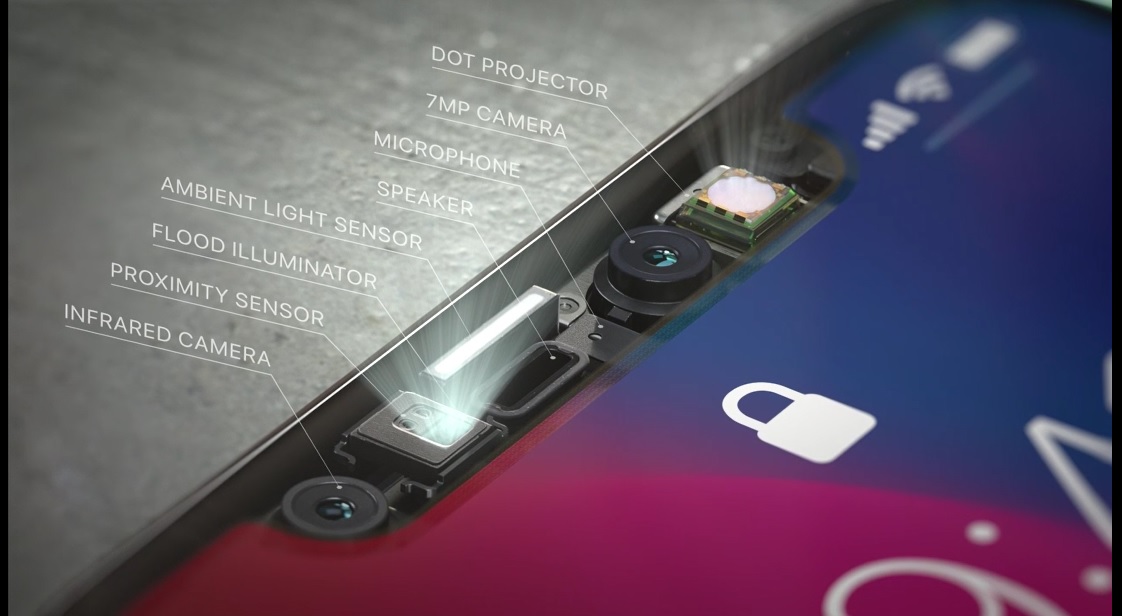Ten years later, Apple is aiming to reinvent the future of smartphones once more. The iPhone X is here, and Apple is calling it “the biggest leap since the iPhone”.
The iPhone X marks a momentous moment for Apple, the company that changed the entire industry – and the company is aiming to do just that once more. The iPhone X (pronounced iPhone Ten) appears to have been the focus all along, with a completely new design.
Featuring a new bezel-less display, the iPhone X also features the first OLED display fitted on an iPhone. There is, however, a notch at the top of the screen, where the speaker grille, front camera, as well as the various sensors are housed.
The display has also been further upgraded – it’s not just any Retina display, but a Super Retina display, supercharged with HDR and True Tone technology for what may be one of the best smartphone displays around. The iPhone X packs resolution of 2436 x 1125 for a pixel density of 458ppi.
The removal of the iconic Home button marks further expansion for iOS swipe gestures: a swipe from the bottom of the screen – regardless if you’re in an app – brings you back to the home screen.
Because of the swipe up gesture, Apple is relocating the location of the Control Centre. It now lives at the top right corner of the screen, and a swipe down opens it – much like Android’s notification shade.
Besides that, new swipe gestures are introduced to go back, as well as open the multi-tasking window. To go back in an app, its a swipe at the bottom from right edge to left, while to open multi-tasking, it’s a swipe up and hold.
And, because there’s no Home button, Touch ID no longer exists on the iPhone X. Instead, there’s Face ID, which is Apple’s own facial recognition technology. An IR camera at the notch search for your face when you lift the phone, and once authenticated, a single swipe from the bottom brings you Home.
Apple is also claiming Face ID is more secure than Touch ID. A built-in neural engine processes the facial recognition in real time, and Apple is claiming that there is also a 1 in 1,000,000 chance that someone else unlocks your iPhone X with their face.
And, for developers, Face ID integrates seamlessly into third-party services as Touch ID did.
Powering the iPhone X is the new A11 Bionic chip, the same as the iPhone 8. It is a six-core chipset comprising of two high-performance cores, four power-efficient cores, and a new Apple-designed GPU.
Round the back, the cameras have been upgraded as well. It is still comprising of two 12MP sensors, but the wide-angle lens is upgraded to an f/1.8 aperture and the telephoto lens now has an f/2.4 aperture to let in more light. More importantly, both sensors have optical image stabilisation, matching that on the Samsung Galaxy Note8.
The camera has a new True Tone flash with four LEDs, and for the software, the new Portrait Lighting mode is here too. Meanwhile, you can now use Portrait Mode on the 7MP front camera.
The iPhone X supports Bluetooth 5.0 and more importantly, wireless charging on the Qi standard (like the iPhone 8). The new glass backs are introduced for exactly this reason, and alongside wireless charging support comes a brand new product: AirPower. Essentially it’s a larger wireless charging pad that allows for charging of multiple devices simultaneously.
There’s some changes for storage too. Like the iPhone 8, there are only two storage options on the iPhone X: 64GB and 256GB. The 64GB iPhone X will retail for $999 (about RM4,200) and the 256GB model will go for $1,150 (about 4,840). It will go on sale in the US starting 3 November 2017.
 For all things iPhone, check out U Mobile (at www.u.com.my) for plans that make owning an iPhone as easy as 1-2-3.
For all things iPhone, check out U Mobile (at www.u.com.my) for plans that make owning an iPhone as easy as 1-2-3.
Follow us on Instagram, Facebook, Twitter or Telegram for more updates and breaking news.


